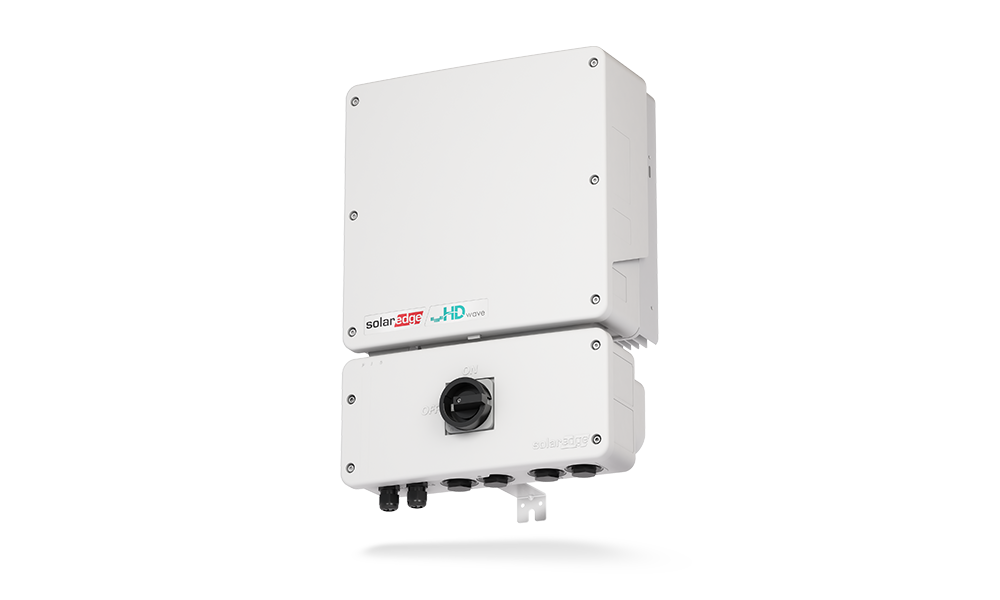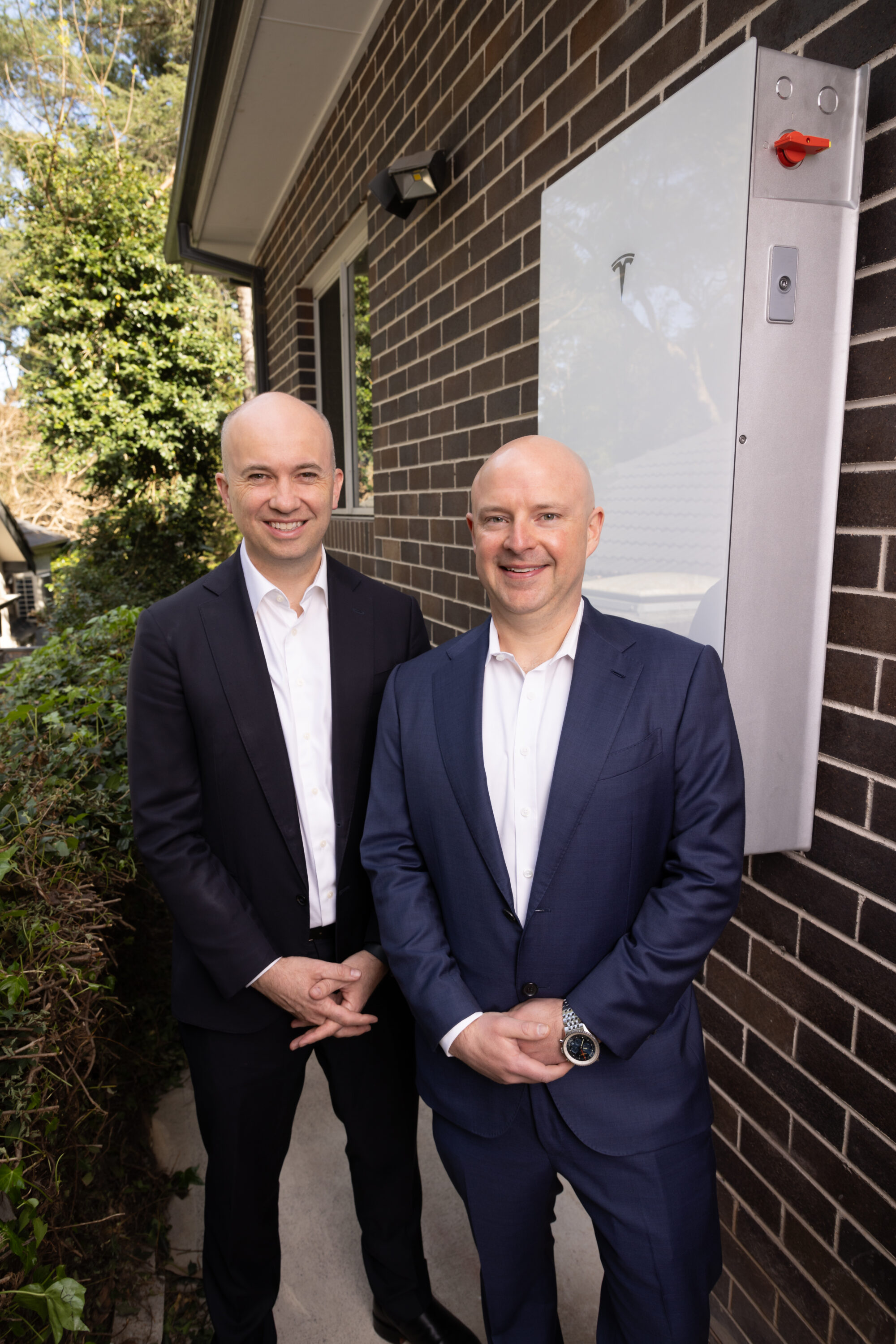Sign up for daily news updates from CleanTechnica on email. Or follow us on Google News!
New flow battery technology has been lingering on the sidelines of the energy storage field, overshadowed by a seemingly endless cascade of improvements in the familiar field of lithium-ion batteries. Nevertheless, flow batteries could help unlock more wind and solar power, along with potential advantages in lower costs, longer duration, and a reduced environmental footprint. One such device is undergoing tests right now in Chicago, at repurposed gas station from the 1970’s outfitted with EV charging stations.
Long Duration Energy Storage For EV Charging
Flow battery technology is literally based on the ability of two specialized liquids to generate electricity as they flow adjacent to each other, separated by a thin membrane. In contrast to lithium-ion batteries, scaling up a flow battery is a relatively simple matter of increasing the size of the tanks holding the liquids (read more about flow batteries here).
Flow battery science dates dates back to the 19th century, but its application to grid scale, long duration energy storage only gained widespread interest when large amounts of intermittently available electricity — namely, wind and solar power — began entering the grid in the early 2000’s.
Lithium-ion batteries have done a heroic job of managing these on-again, off-again resources so far. However, they only last part of a day. More energy storage, for longer periods, will be needed as wind and solar replace more fossil power stations.
In a consequential, parallel development, as more electric vehicles hit the roads, more electricity will be needed for EV charging, which will also impact the need for long duration energy storage.
A New Flow Battery With A Solid State Twist
The US Department of Energy has been looking at various long duration solutions for EV charging, and the latest one to attract attention is a flow battery system developed by the German startup CMBlu, under the proprietary name SolidFlow.
That may seem like a bit of an oxymoron, but the name refers to a combination of flow battery technology and solid state technology.
“Energy converter stacks are at the heart of our modular redox flow battery technology,” CMBlu states.
“Both reduction and oxidation, the core electrochemical processes, take place in these stacks, although physically separate from each other,” the company adds. “The battery output depends on the material and surface area of the electrodes, as well as the kinetics of the redox process. Increasing the stack size yields a higher output.”
As for duration, lithium-battery arrays generally last for about 4-6 hours, though some new formulas are approaching an 8-hour time frame. CMUblu states that its flow battery can last 2-3 times longer per cycle than a typical 4-hour lithium-ion array.
EV Charging With A Flow Battery At A Rehabbed 1970’s Gas Station
CMBlu’s new battery is being put to the test at the Smart Energy Plaza, a former gas station located at Argonne National Laboratory in Chicago, a branch of the US Department of Energy.
The gas station was built for the lab in the 1970’s. Rehabbed and repurposed as the Smart Energy Plaza, the facility is used for research on the integration of EV charging with renewable energy, building systems, and energy storage.
“The facility can accommodate a range of equipment, with grid-connected power up to 2 MW and 80 kW of solar power available via various voltage busways in the building (commercial 480VAC and 208VAC, residential 240/120VAC, and DC distribution),” Argonne notes.
The test partners Argonne with Idaho National Laboratory, with the aim of validating the technology for use in resilient microgrids and EV charging.
“The collaborative project aims to improve microgrids in cold climates and make fast charging of electric vehicles more affordable in underserved communities,” Argonne notes, adding that microgrids are commonly used in remote settings and hospitals or other critical sites. The US Department of Defense has also been adopting microgrids to replace diesel fuel.
Flow Batteries For Cold Weather EV Charging
If you caught that thing about cold climates, that’s a key consideration for energy storage systems.
In addition to validating CMBlu’s technology, the two national labs are looking forward to showing off their flow battery expertise. The Argonne and Idaho labs were specially selected by the Energy Department for the test.
“This awarded work provides a unique avenue to showcase the strengths of INL and Argonne to explore flow battery performance at colder-than-room temperatures, relevant to energy storage needs at northern latitudes and winter conditions,” enthused Kevin Gering, who holds the title of distinguished staff scientist at INL.
In addition to microgrid data gathered at the Smart Energy Plaza, the SolidFlow battery will also undergo performance tests at the INL Battery Test Center in Idaho, including an assessment of performance under different temperatures.
“This rigorous testing is crucial to ensure the technology’s reliability in diverse environments,” Argonne emphasizes.
Flow Batteries Can Help, Not Hurt, Lithium-Ion Batteries
CMBlu is especially interested in promoting SolidFlow as a solution for fast-charging multiple EVs at one time. Rather than increasing the amount of power available from the grid — which is practically impossible in some circumstances — a flow battery can be deployed to build up extra storage capacity for peak charging times.
A flow battery can also take advantage of lower rates at off-peak grid hours to store energy, helping to reduce EV charging costs. In addition, hooking up with solar panels and other local renewable energy resources can help reduce costs and improve resiliency.
Depending on local utility regulations, charging station owners could use the flow battery to sell excess capacity back to the grid, too. CMBlu notes that its system is soft-ware-enabled to facilitate such transactions with wholesale energy markets.
In a potential benefit for the EV supply chain, stationary flow batteries would help to free up more resources for mobile energy storage applications. Instead of the current situation, in which lithium and other critical materials are being deflected into stationary energy storage, they could all flow into the automotive supply chain for electric vehicles.
Flow Batteries And Environmental Impacts
Flow batteries could show up in electric vehicles some day, though that day is far away. For now, stationary energy storage is the name of the game, and flow battery stakeholders are eager to underscore the environmental advantages of flow battery systems over lithium-ion technology.
CMBlu, for example, notes that flow batteries don’t use the metals and rare earths required of lithium-based systems. They are also non-toxic and non-flammable.
“Our organic electrolytes are free of rare materials and conflict raw materials from precarious, ecologically questionable mining,” CMBlu adds. “What’s more, they are fully recyclable.”
Aside from validation in the lab, the US is about to get a real-life test of CMBlu’s technology. In August, the not-for-profit public power utility Salt River Project in Arizona signed onto a flow battery pilot project to demonstrate long duration energy storage in the Phoenix area.
The 5-megawatt flow battery meets the 10-hour period used the the Energy Department to set the minimum benchmark for long duration energy storage systems.
The Phoenix system is expected to be up and running in December of 2025 and an additional pilot project is under way in Milwaukee, so stay tune for more on that.
Follow me @tinamcasey on Bluesky, Threads, Post, and LinkedIn.
Image: The Energy Department’s Smart Energy Plaza in Chicago will serve as a test bed for new flow battery technology (courtesy of Argonne National Laboratory).
Have a tip for CleanTechnica? Want to advertise? Want to suggest a guest for our CleanTech Talk podcast? Contact us here.
CleanTechnica Holiday Wish Book
Our Latest EVObsession Video
I don’t like paywalls. You don’t like paywalls. Who likes paywalls? Here at CleanTechnica, we implemented a limited paywall for a while, but it always felt wrong — and it was always tough to decide what we should put behind there. In theory, your most exclusive and best content goes behind a paywall. But then fewer people read it!! So, we’ve decided to completely nix paywalls here at CleanTechnica. But…
Thank you!
CleanTechnica uses affiliate links. See our policy here.





